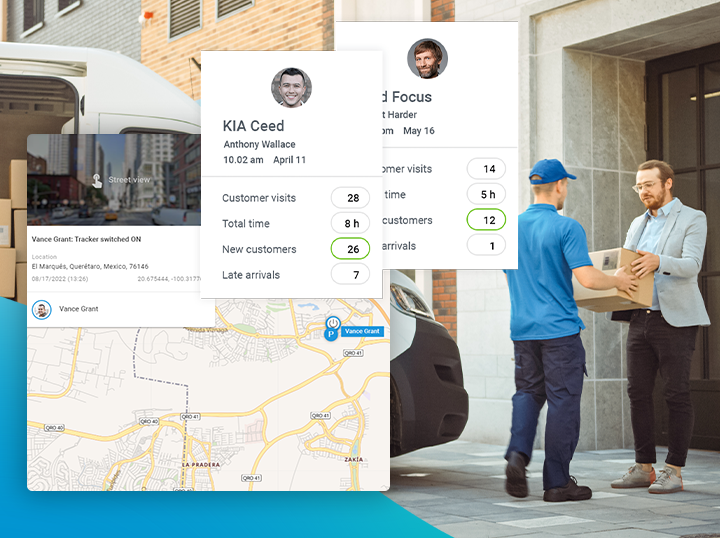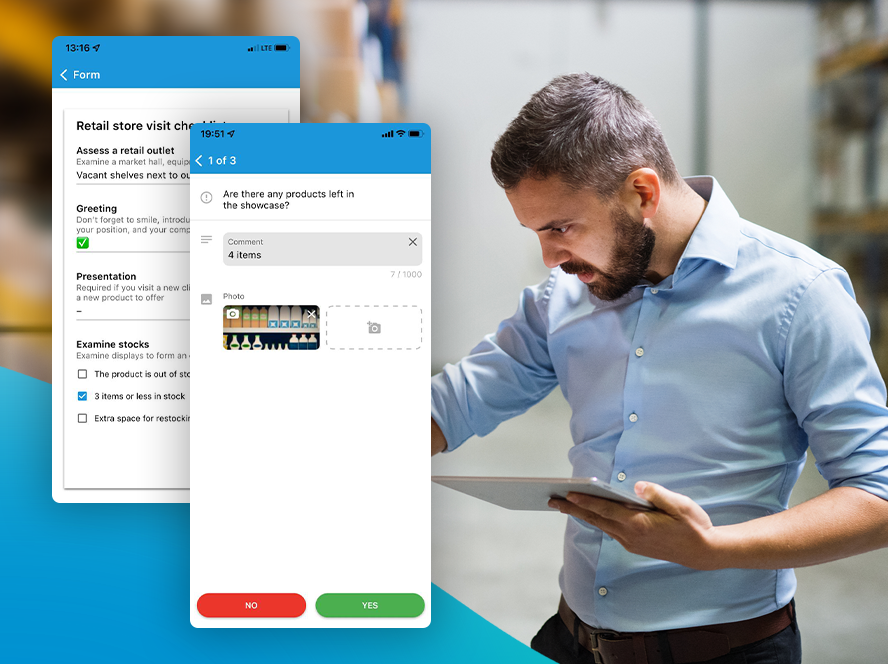The way organizations choose to approach the next generation of sales reps (Millennials and Gen Z [or Zoomers]) must consider the systems and methods they respond to most. In the modern world of digital technologies, it’s easy to see that gamification is one of them.
Millennials are taking over the workforce now. Actually, they’ve been taking over the workforce.
In 2016, Millennials became the largest generation in the US workforce and they will be soon followed by a generation who are even more diverse and even more extremely online.
Even though Millennials were born during the digital revolution and Gen Z (Zoomers) was born well into it, and, as such, have had different social experiences and learning experiences, they share a lot of similarities in what they expect from their employers.
Since both generations grew up online in one way or another, they consider digital technology a main part of their lives. It envelops much of their waking hours and exists more as a part of them, an appendage, than a detached tool.
Since both generations rely so heavily on the apps and online platforms that run the world, it’s imperative for businesses to embrace the mediums these generations understand and work to facilitate their needs in the workplace.
The digital revolution
As a force for good, the internet and digital technologies have helped open up the world to almost everyone who uses it. It inspires research, exploration, communication, collaboration, and helps assuage the fear of difference and the unknown.
In many other ways, technology has changed certain social aspects of human interaction. It might be too early to tell whether it’s for better or worse.
In certain ways as well, Millennials and Gen Z have been accustomed to the way that these technologies have fostered a sense of competition.
For sales, of course, a highly competitive industry, this means evolving traditional processes and instilling an environment that caters to the new generations that are currently dominating, and set to dominate, the workforce.

New generations appreciate instant feedback
One of the more impulsive characteristics new digital technologies have inspired (especially social media) is the idea of instant gratification. And because of it, newer generations don’t quite have the same amount of patience older generations did.
You might be asking yourself, “yeah, cool, what’s the point?” Well, gamification is the varied solution that works to satisfy experiences of instant gratification that current generations have so readily become accustomed to.
Businesses can digitize sales goals, progress, achievements, and other sales performance aspects for their employees to satisfy expectations for immediate feedback that Millennials and Zoomers are used to.
Also, it acts as a method of positive reinforcement, which can go a long way to producing the culture of feedback that both Millennials and Zoomers demand.
Open data means higher engagement
Organizations talk about business visibility and transparency, and Millennials and Zoomers expect more of it. How does gamification do this? Gamification opens up sales data to help increase growth and overall sales.
Since the younger workforce has access to this data, it gives them the stimuli they need to react to it, learn from it, and collaborate with each other to effect the changes they want to see as they strive to achieve higher group goals.

Gamification is not all about money
As previously mentioned, opening up your business data to gamification helps your teams come together to achieve direct business objectives that can have a positive impact on revenue.
Gamification strategies can help reward individual sales goals, but also work for the bigger picture of aligning teams with larger business objectives. Gamification can help teams focus on the important sales metrics rather than the monotony of the daily grind.
At the same time sales reps are working on hitting goals, gamification methods can help design more positive correlations with work than just thinking about the dollar sign.
Positive reinforcement is at play in the way employees are gaining recognition from peers, working towards and completing goals as teammates, and enjoying successes together.
These are all very important, positive aspects of human interaction that have intrinsic value that money doesn’t.
Implementing gamification as part of your business
You don’t have to spend a bunch of money upgrading your technology to implement gamification methods for your business. You can start simply by tying your games (and the rewards that come with them) to specific business objectives.
Try running a few sales contests to see how your colleagues respond, and go from there. But always make sure you tie gamification methods to direct business goals to keep support from management so the value of these practices is always apparent.
Experiment to find balance
However you approach gamifying the next generation of sales reps, don’t think gamification will work for everyone all the time.
Do some experimentation, run tests using different metrics to see how different subsets of sales reps react, and most importantly, try to have as much fun as you can along the way.
Ask questions
With any change your organization undergoes, gathering the feedback from all your employees is an important step to producing positive results for as many people as possible.
You must appeal to the wants and needs of your Millennial and Zoomer employees in order to retain them. You will go a long way by establishing strong gamification strategies that everyone wants to participate in.
Enabling this shift doesn’t just affect the culture an organization builds, but how the organization functions overall.






















